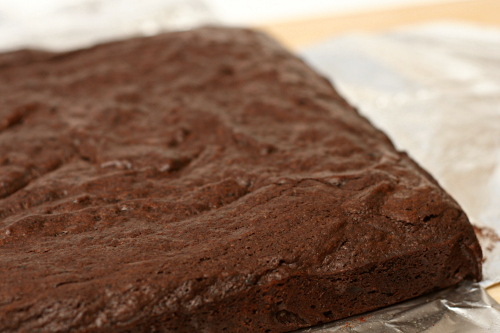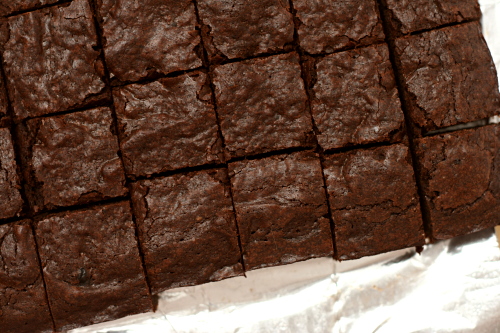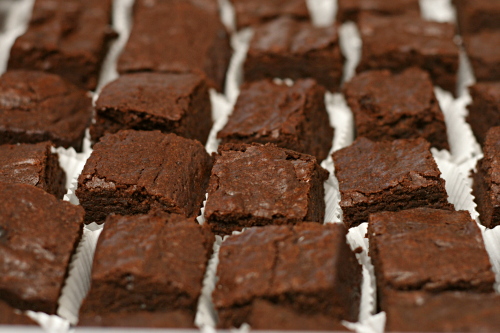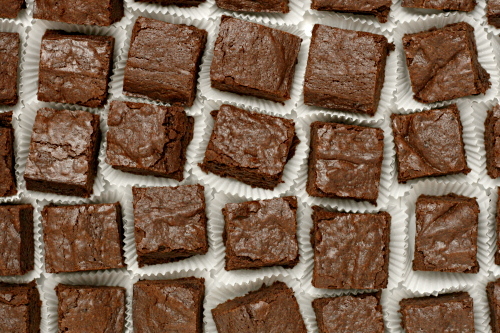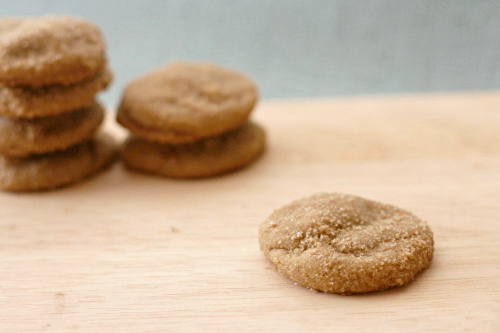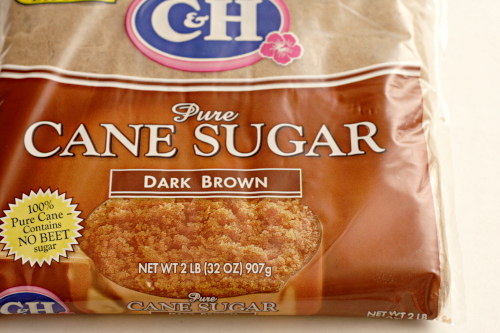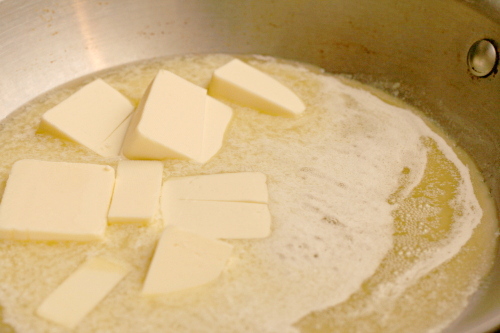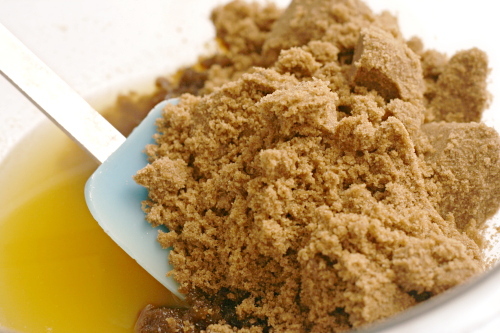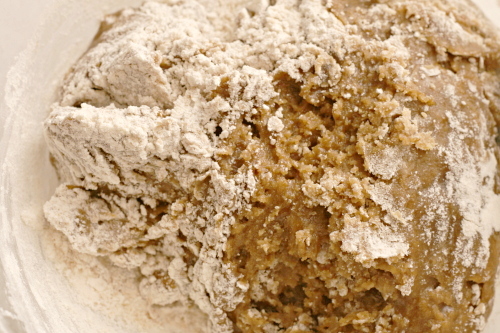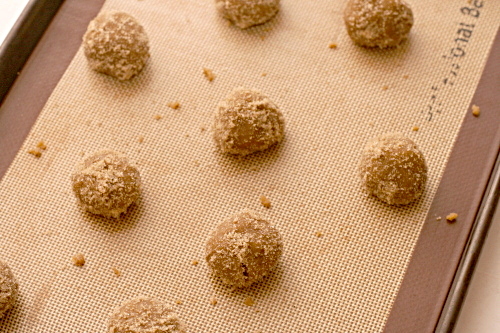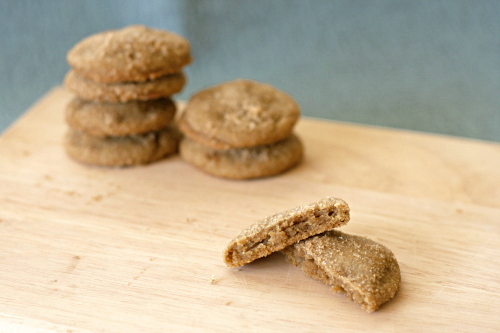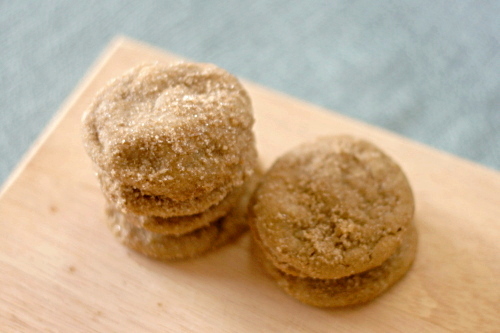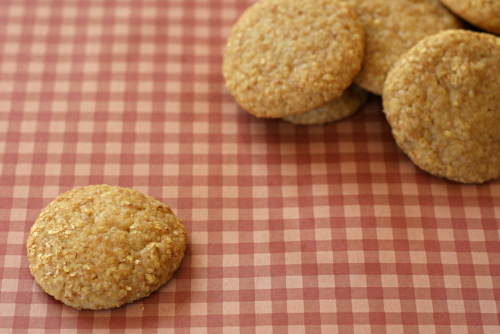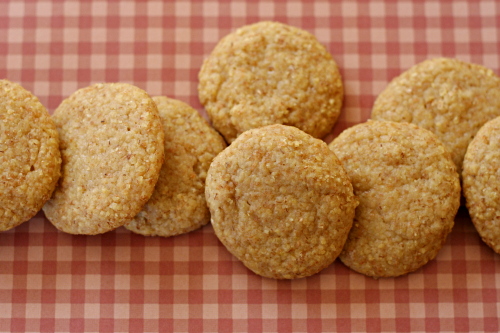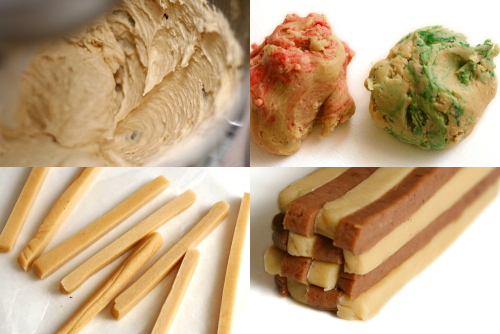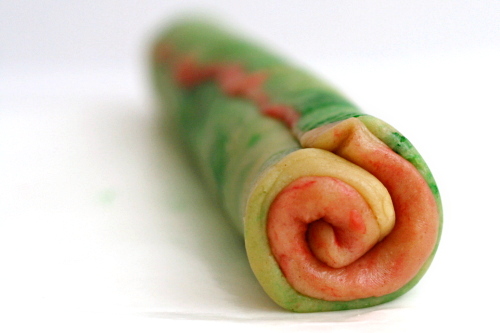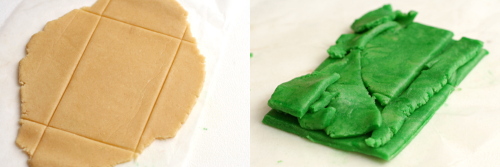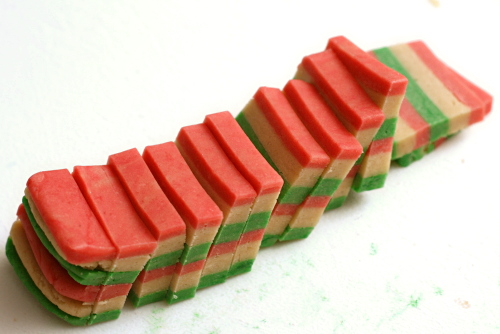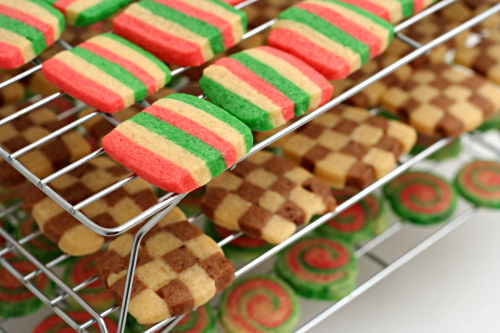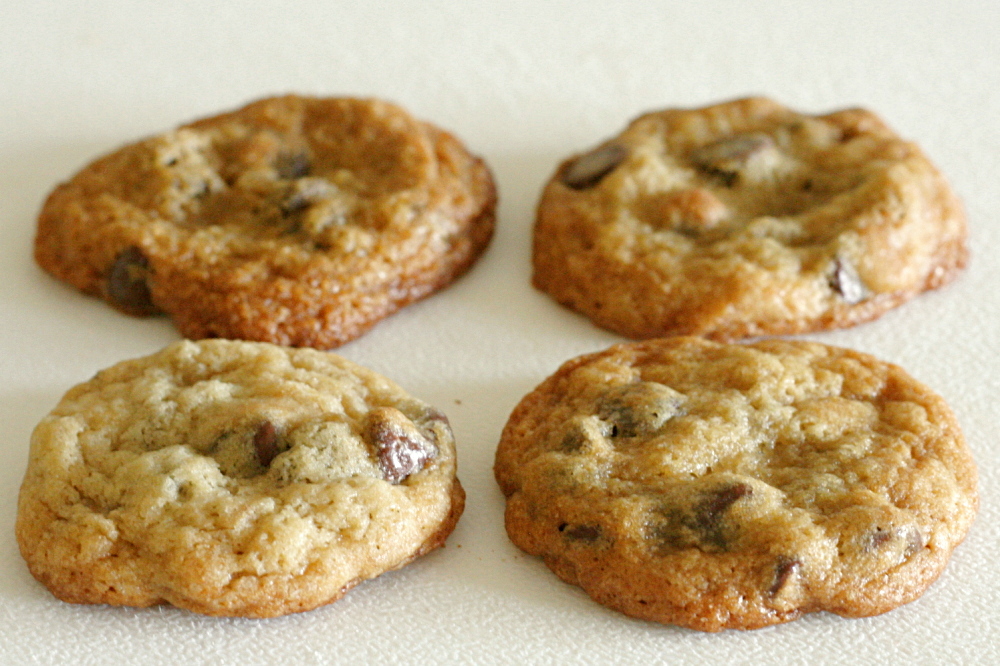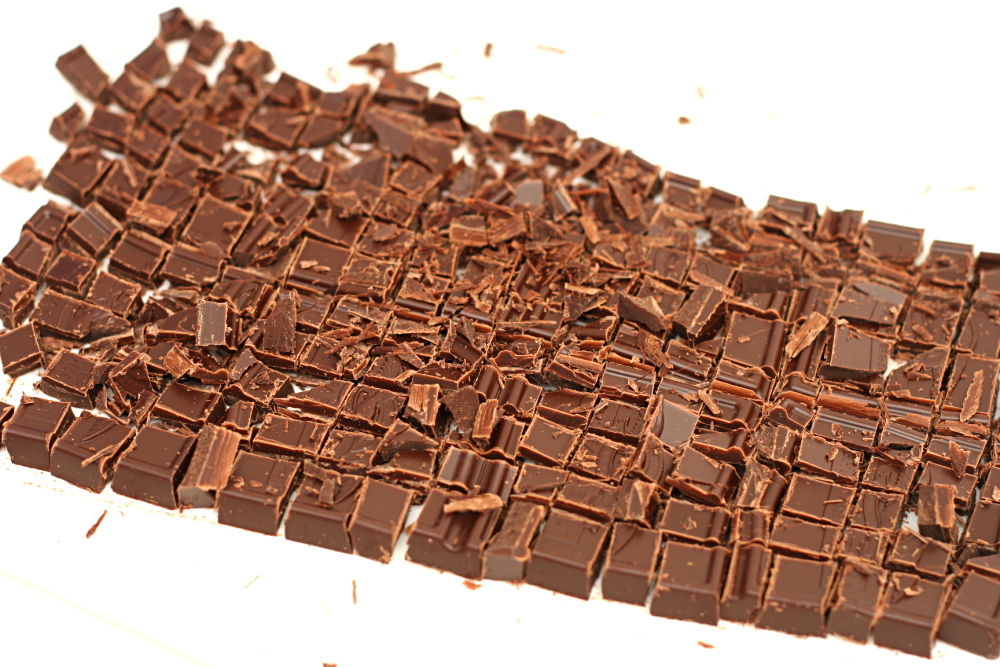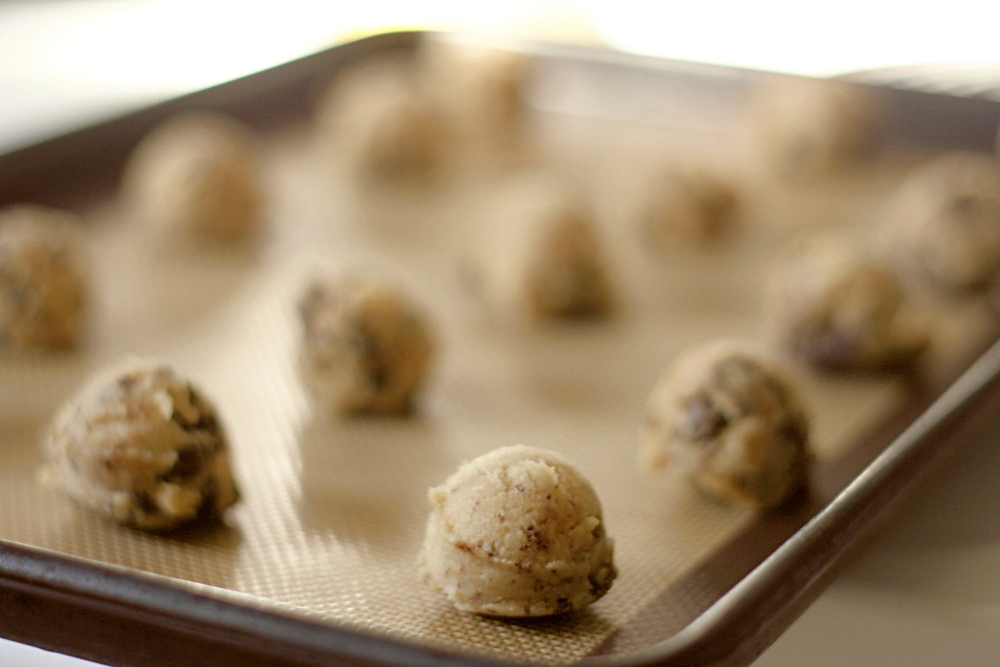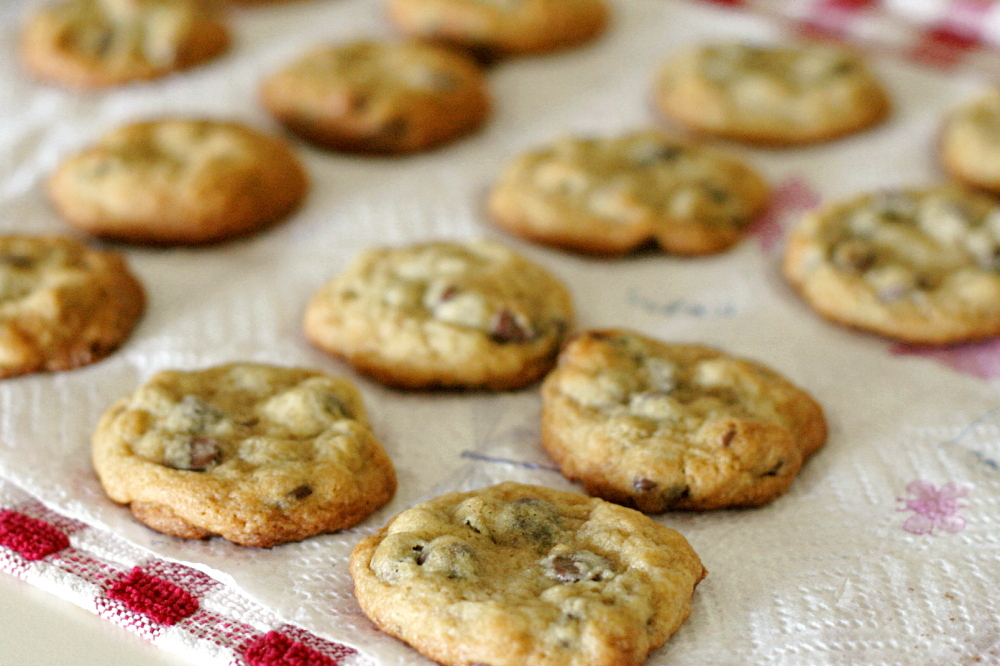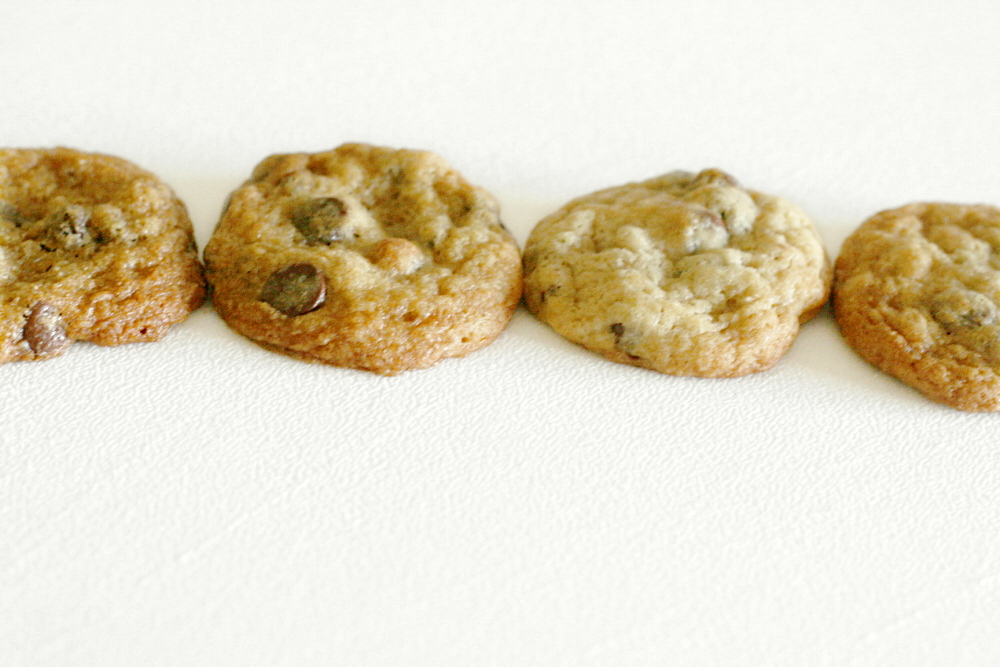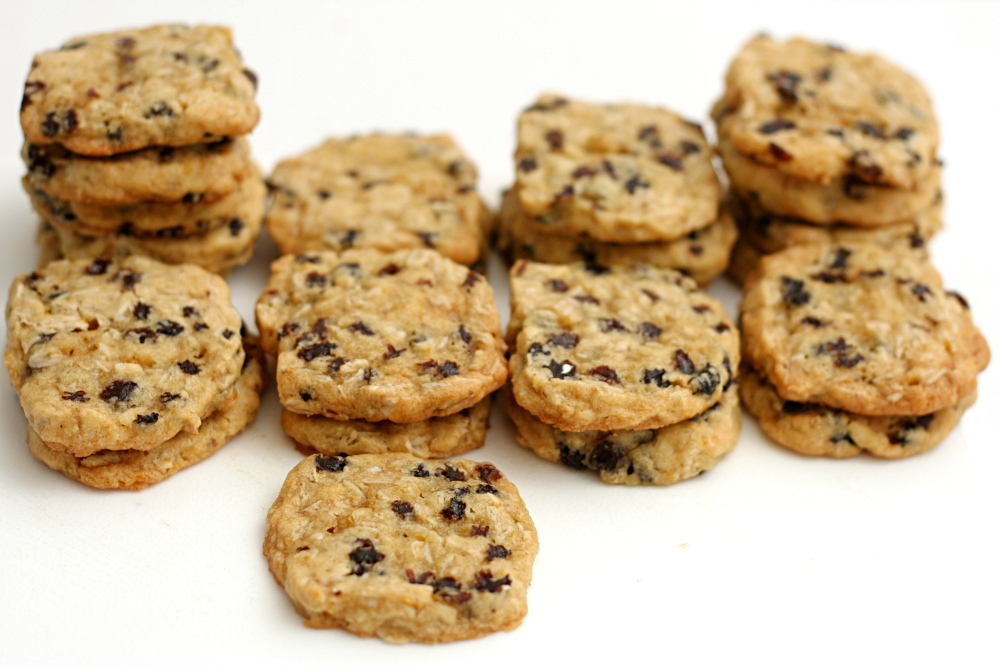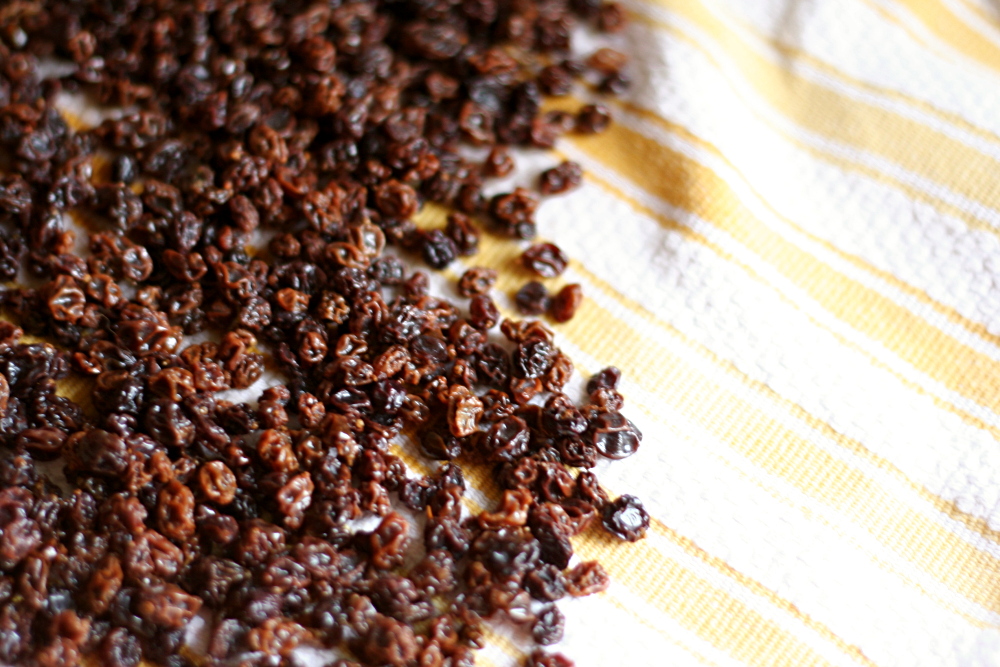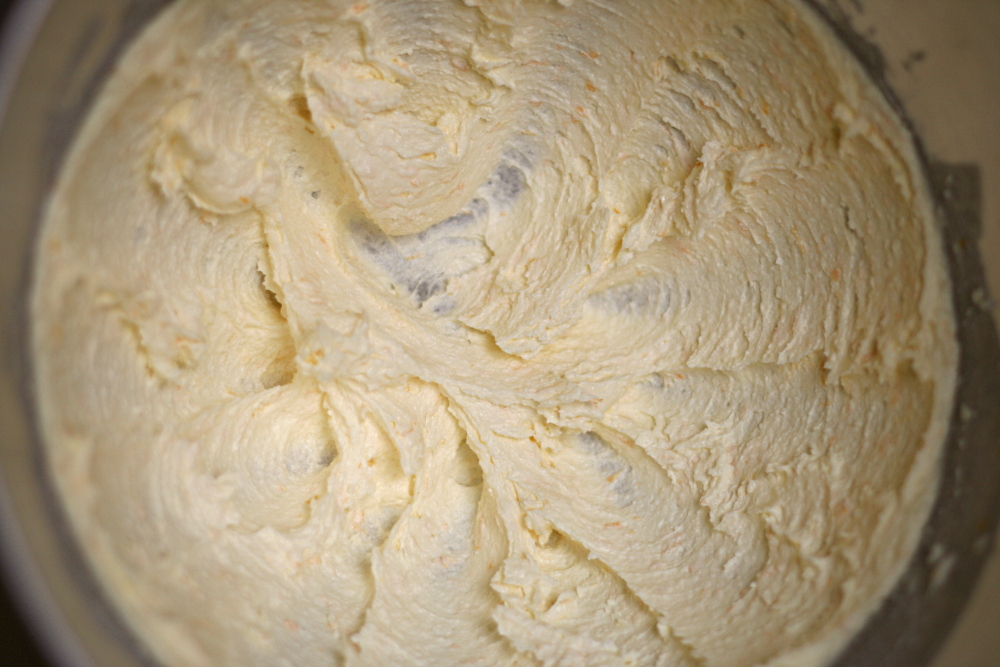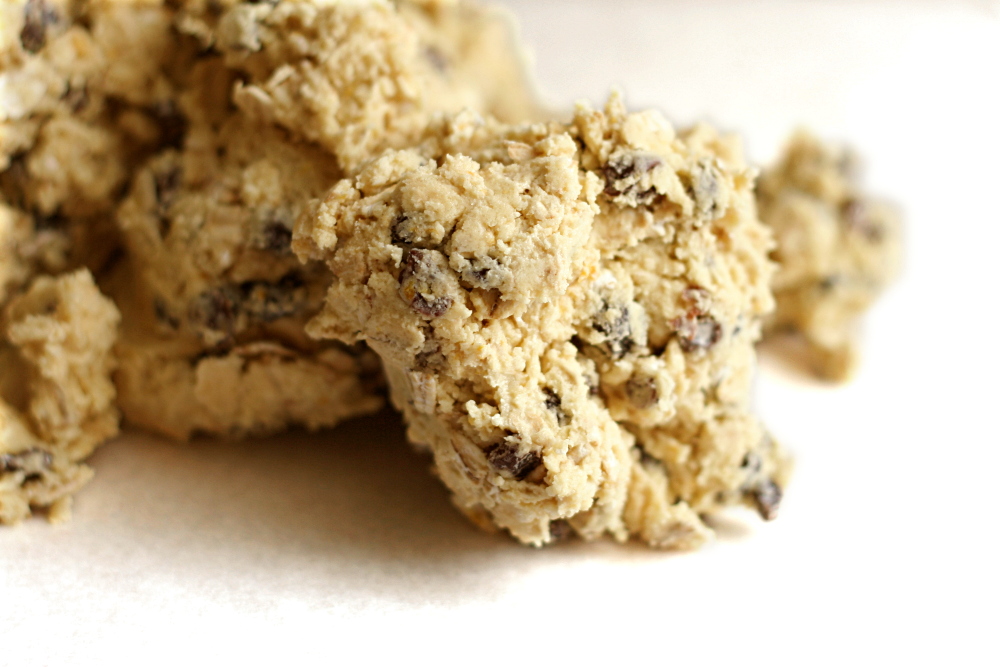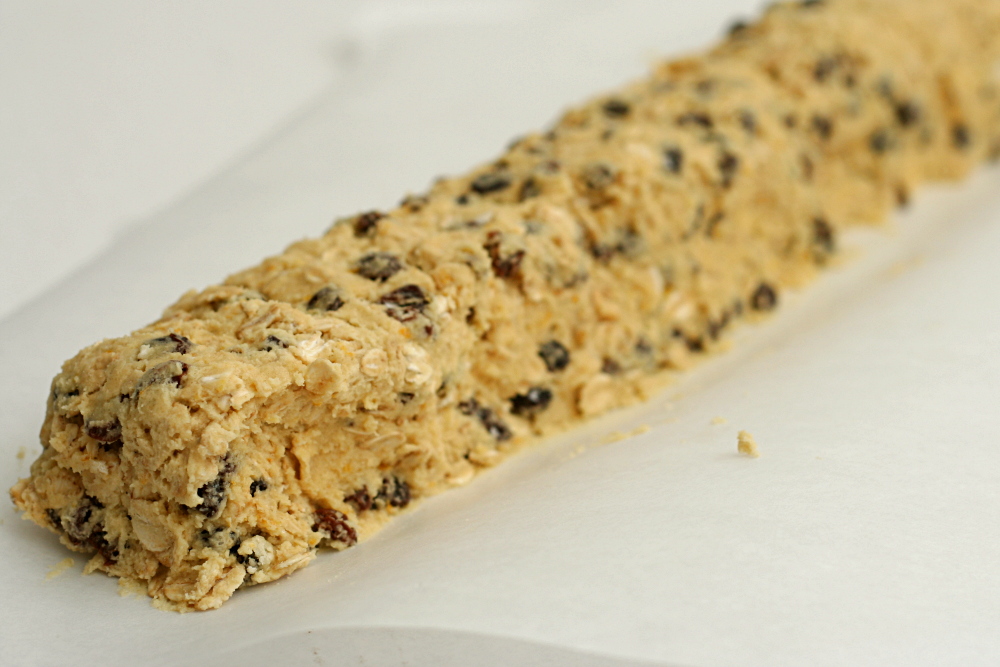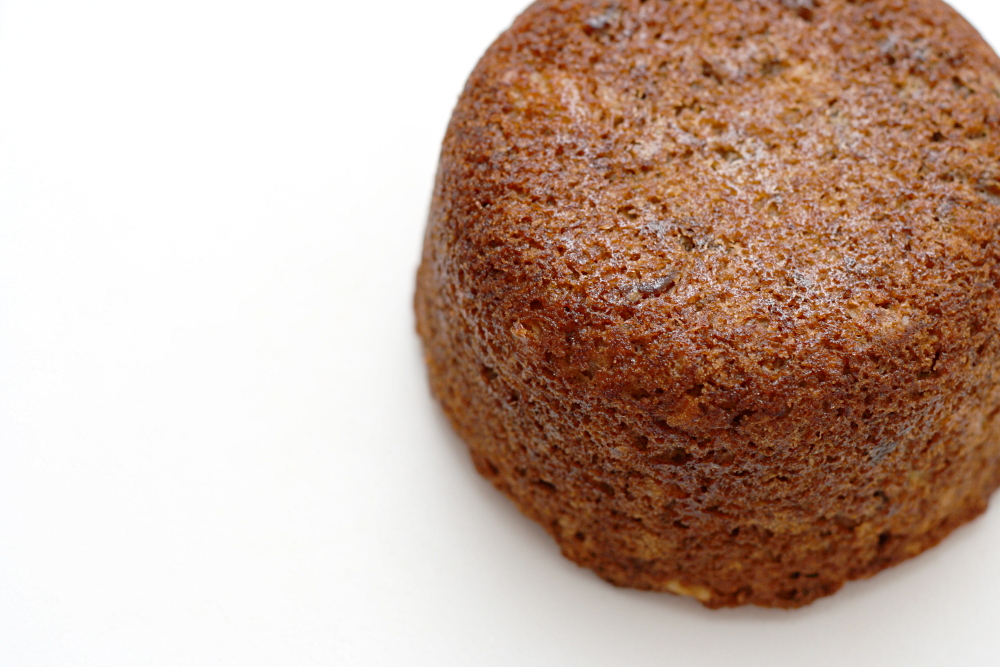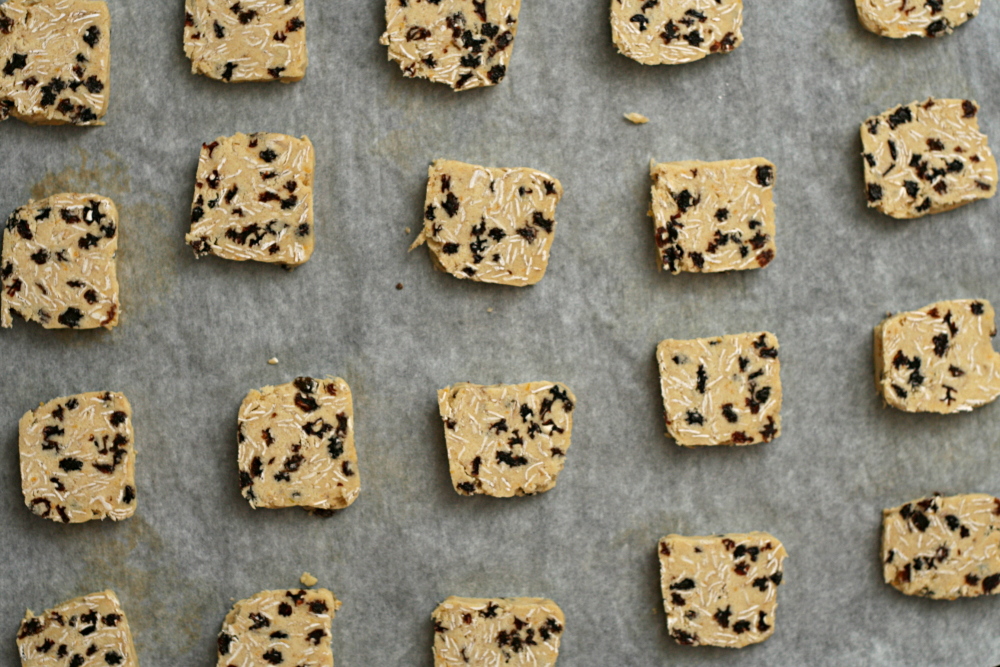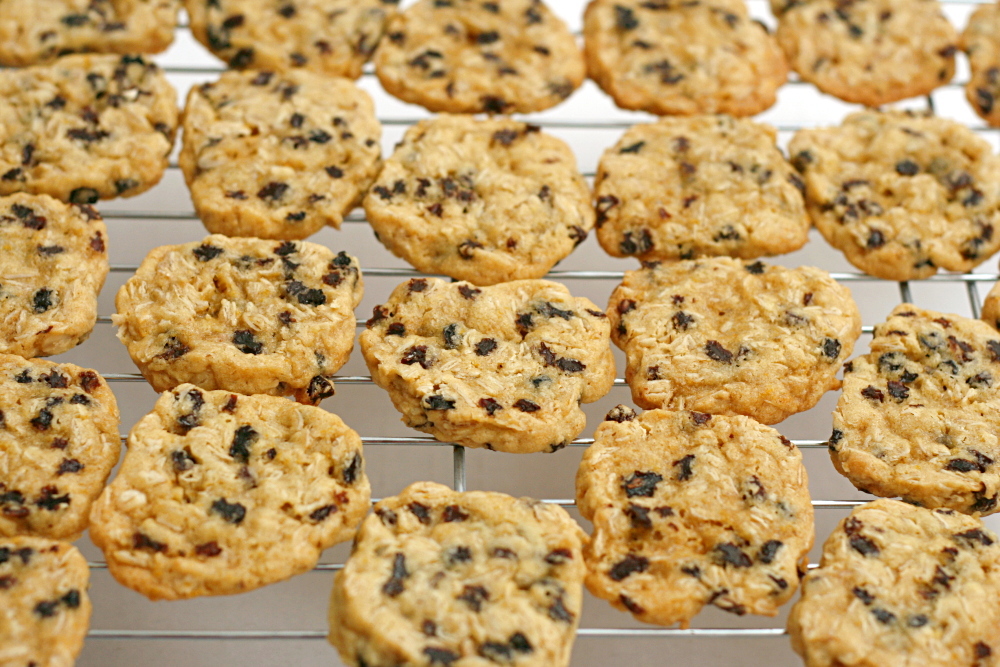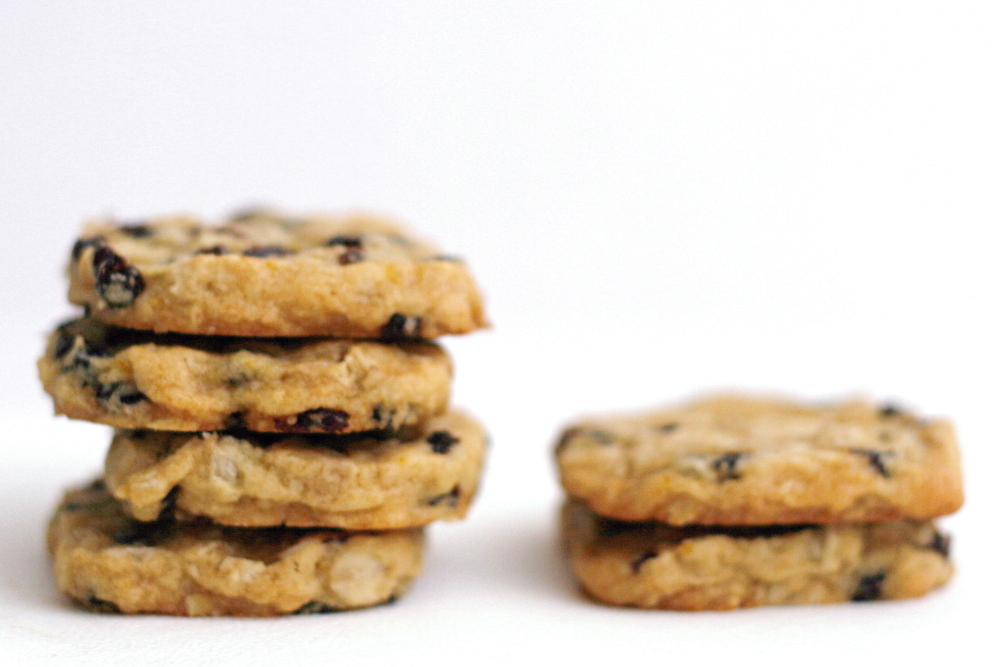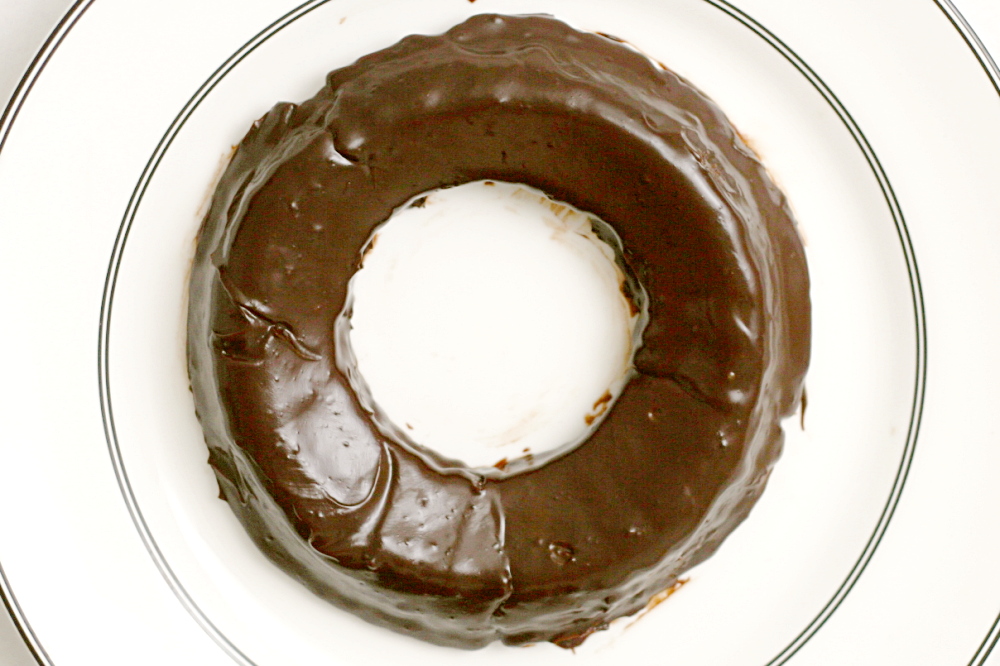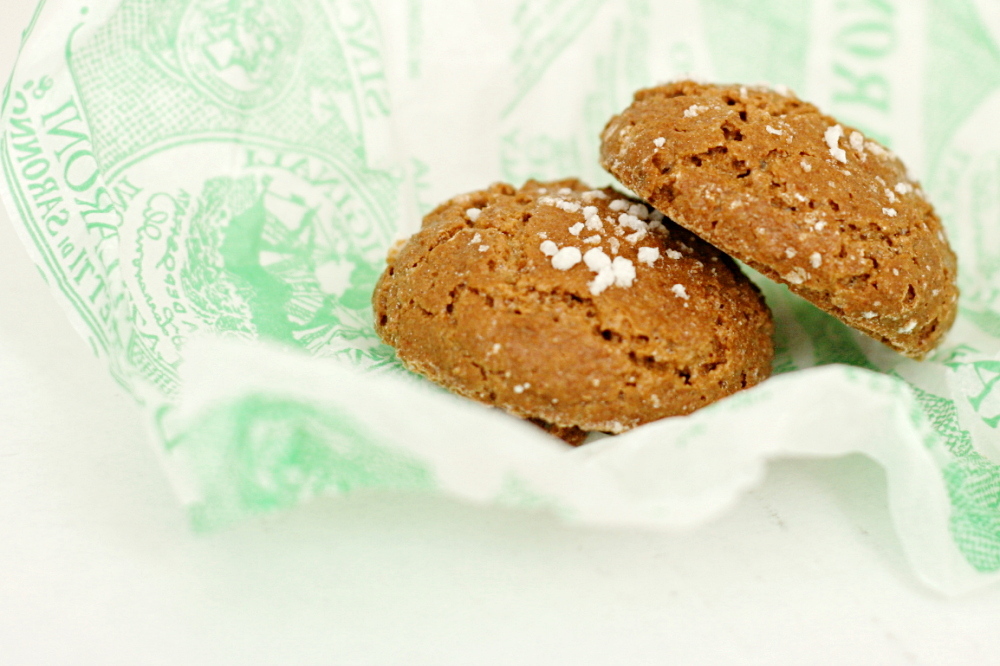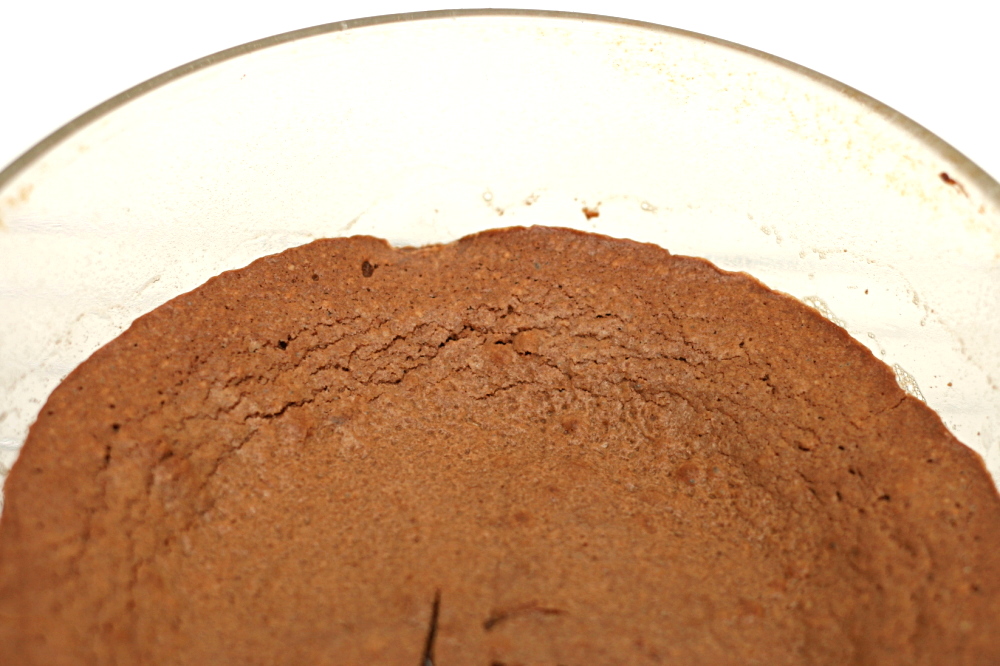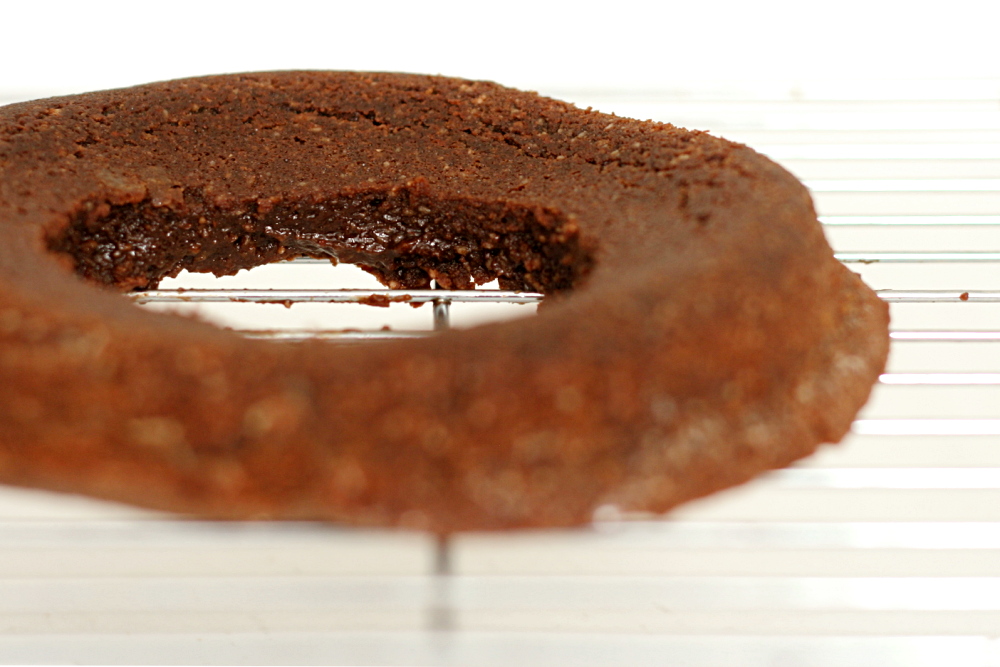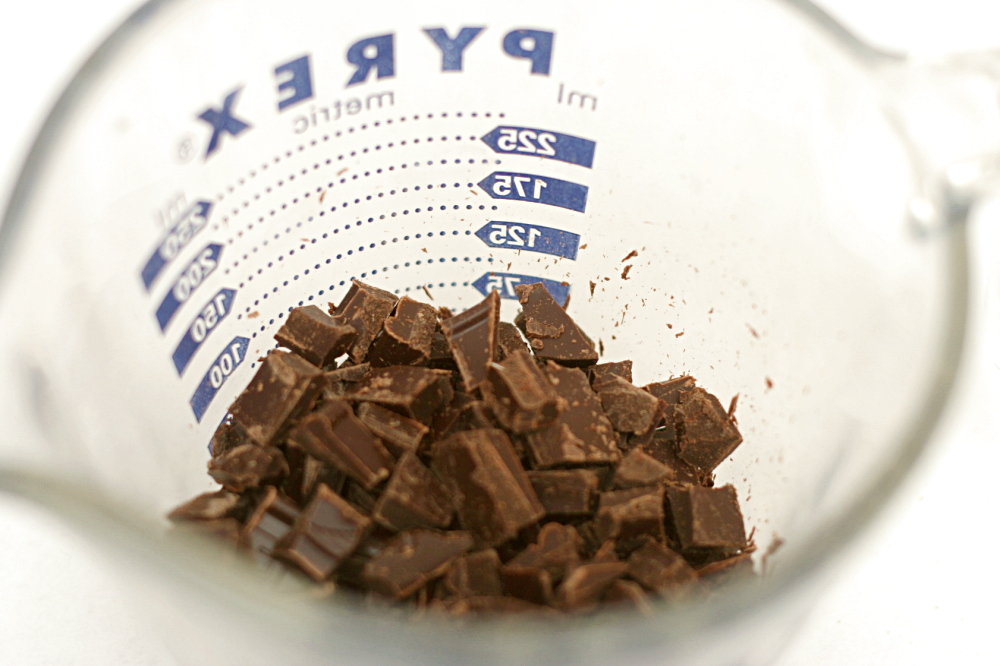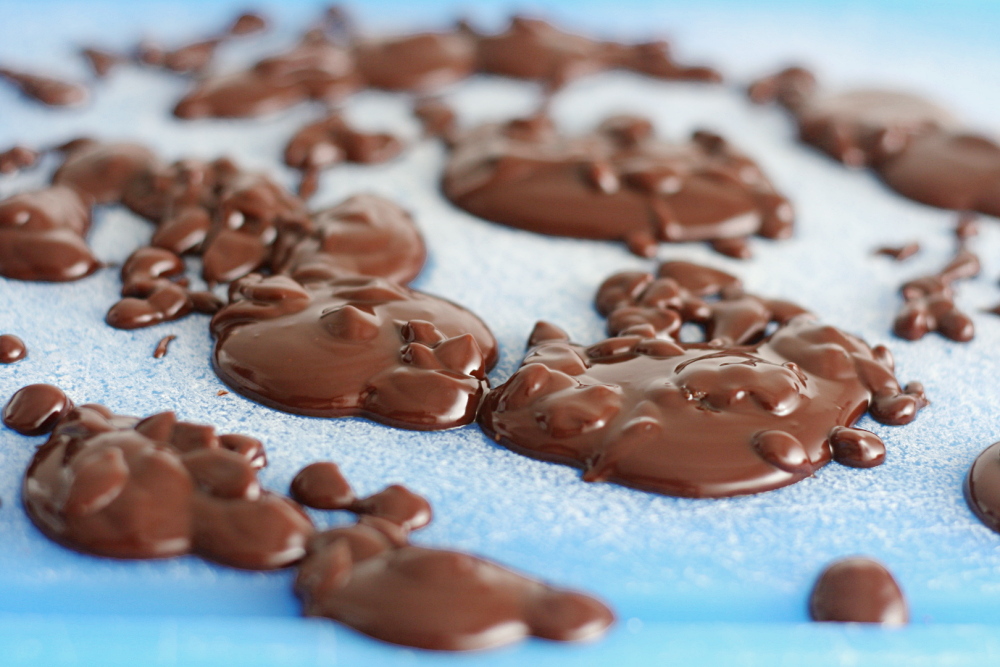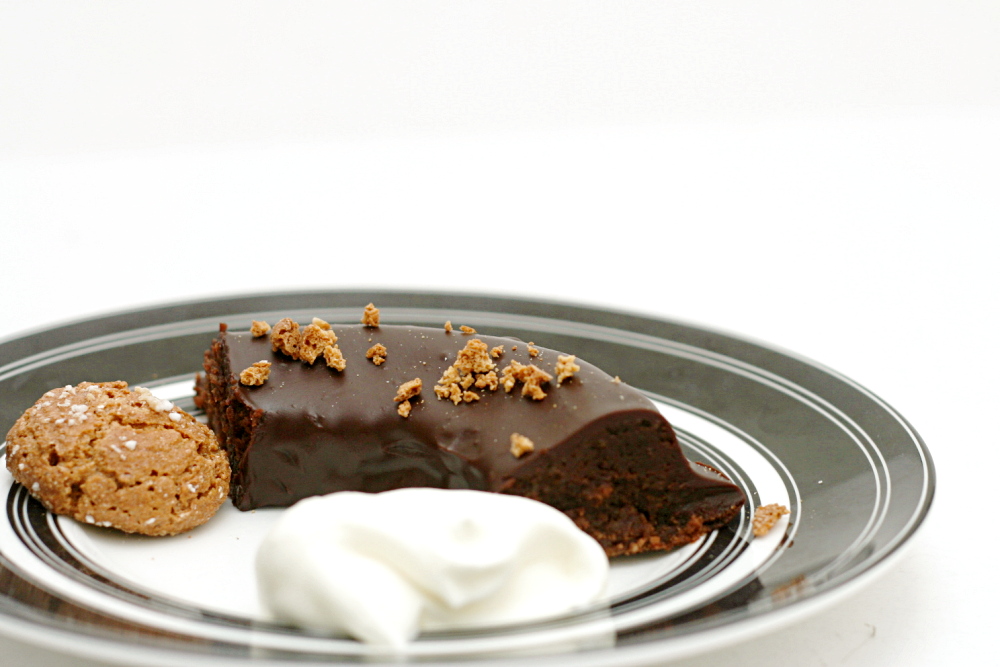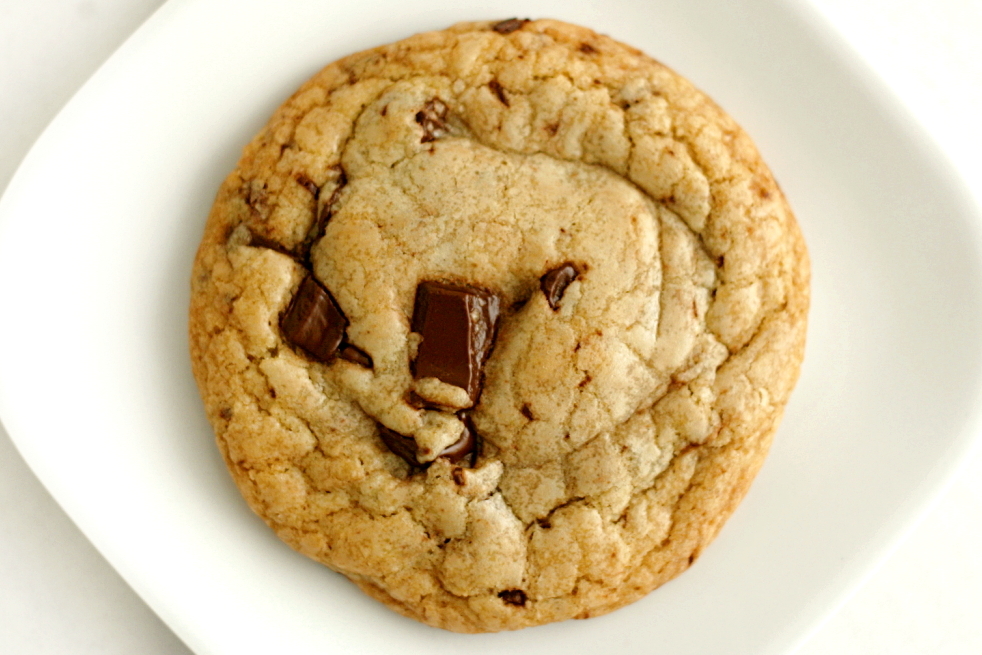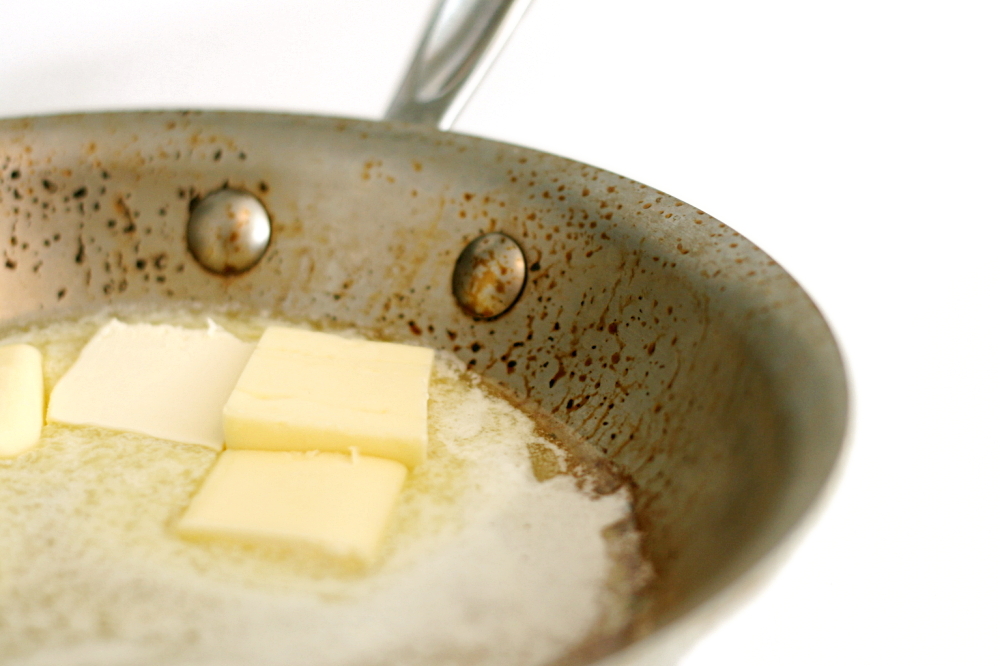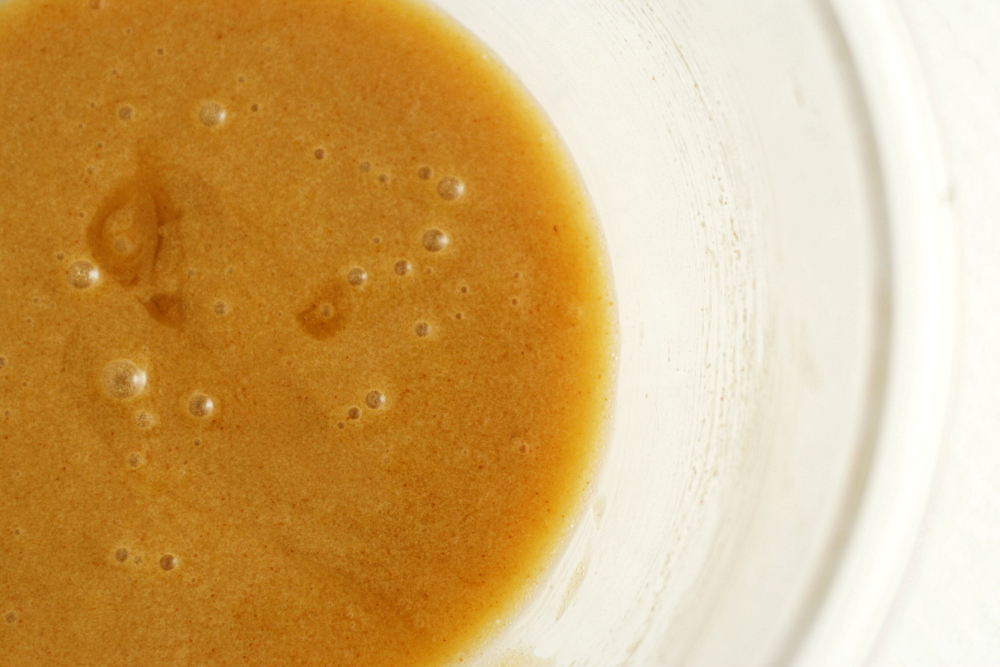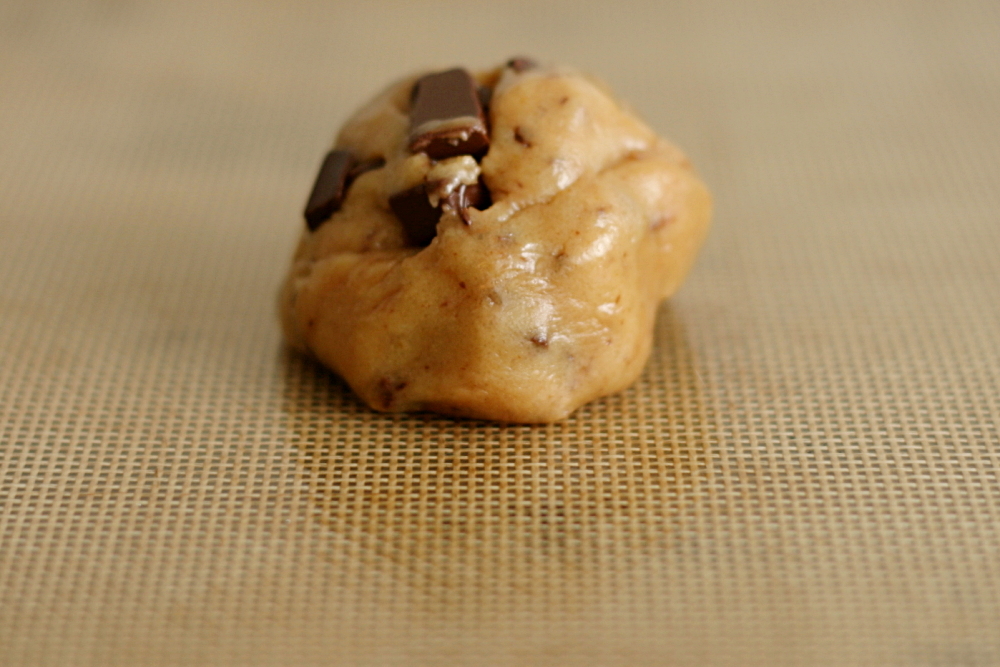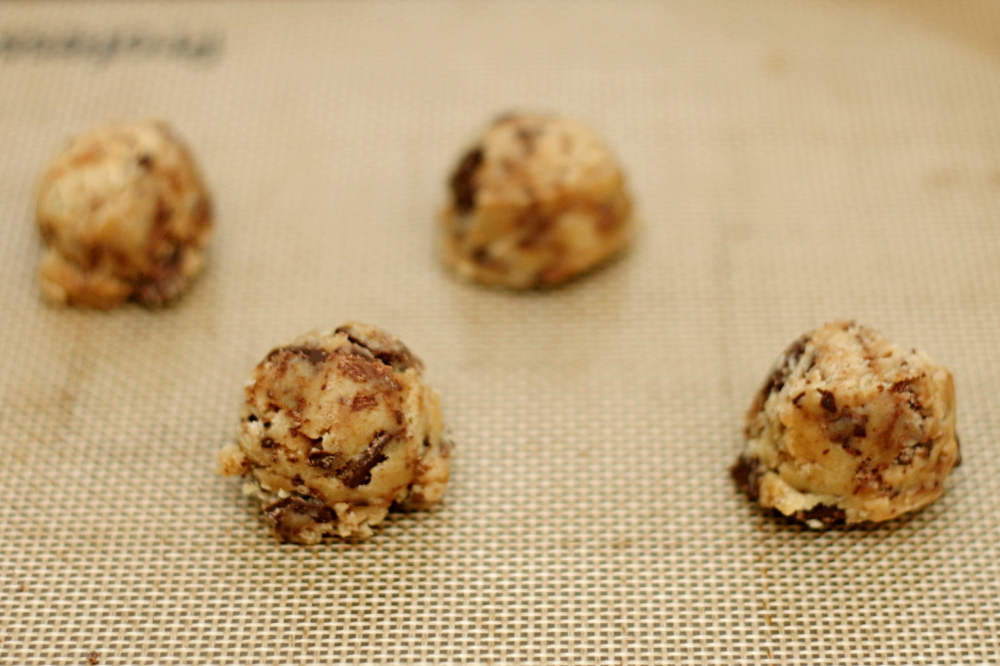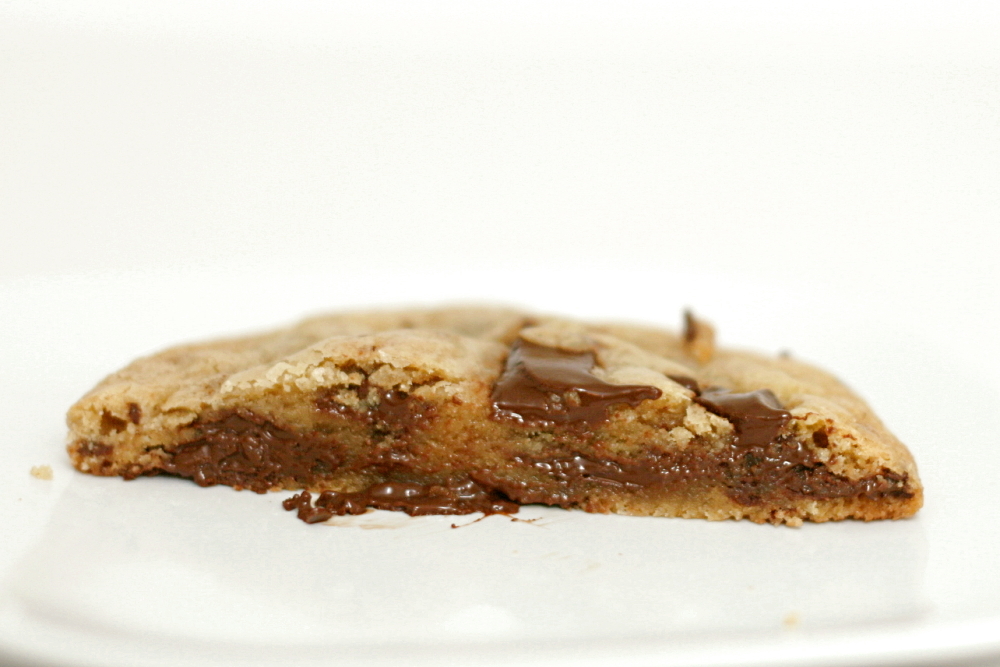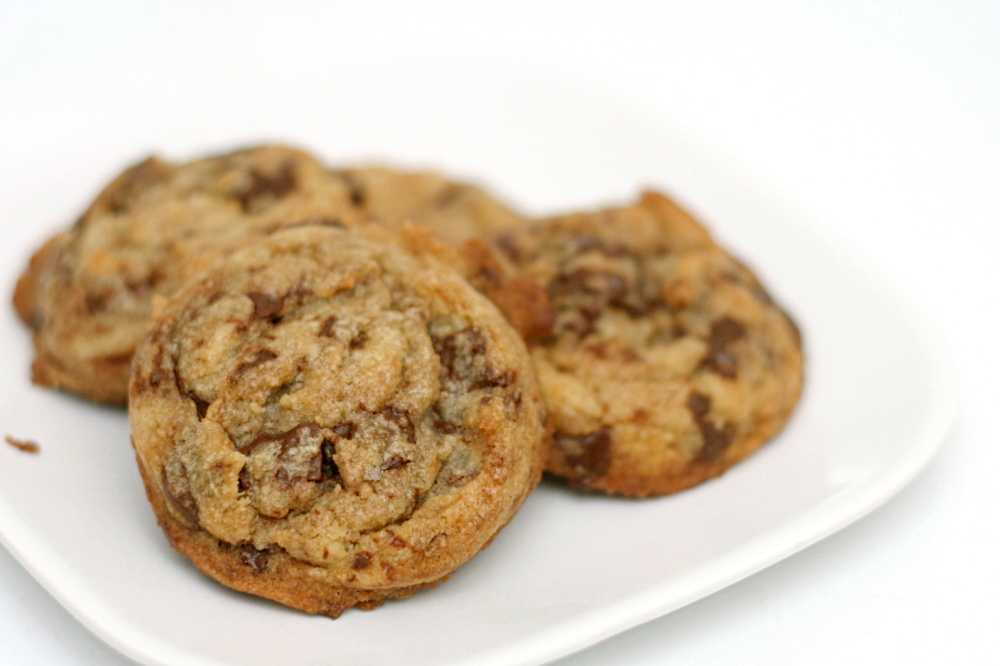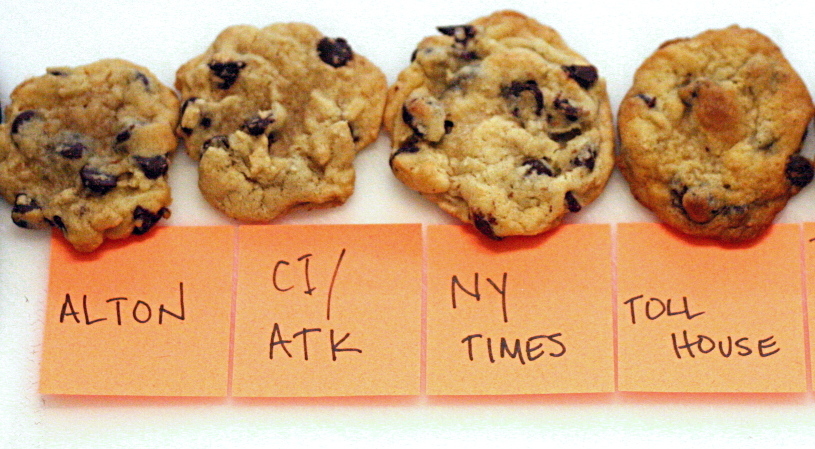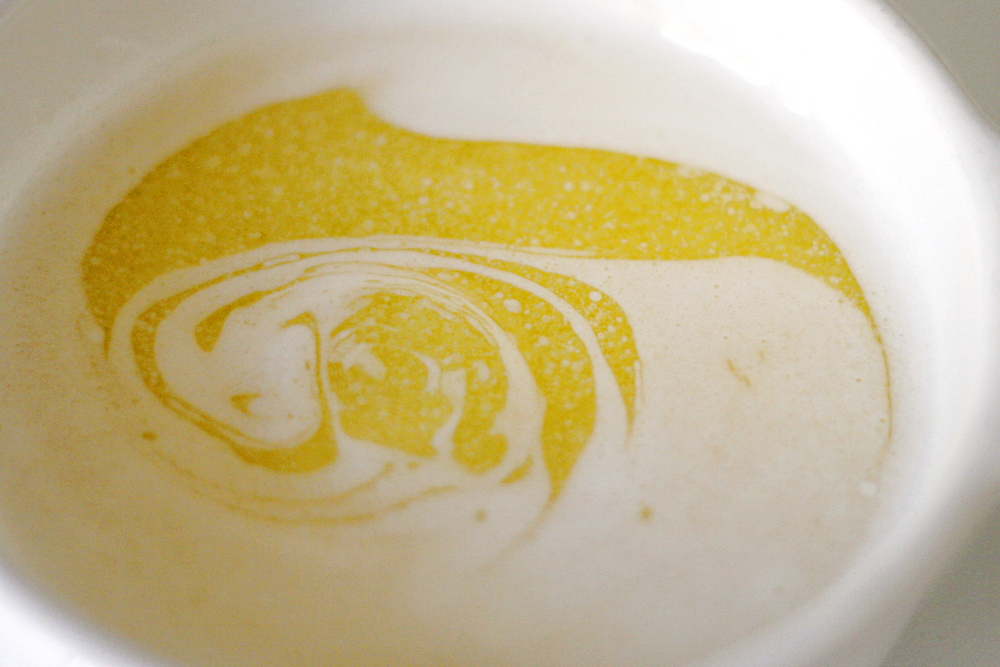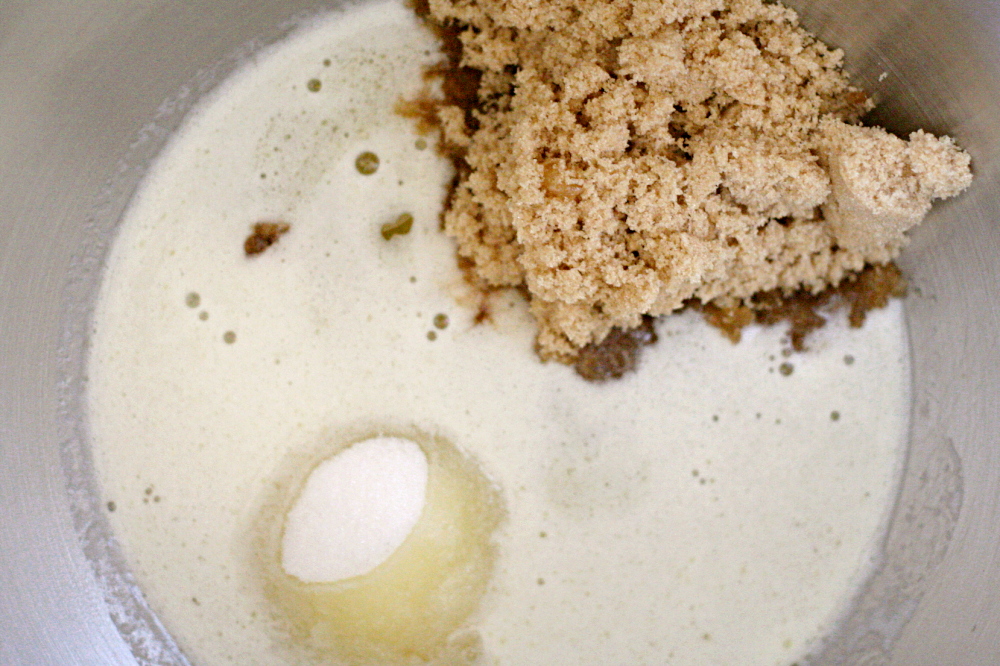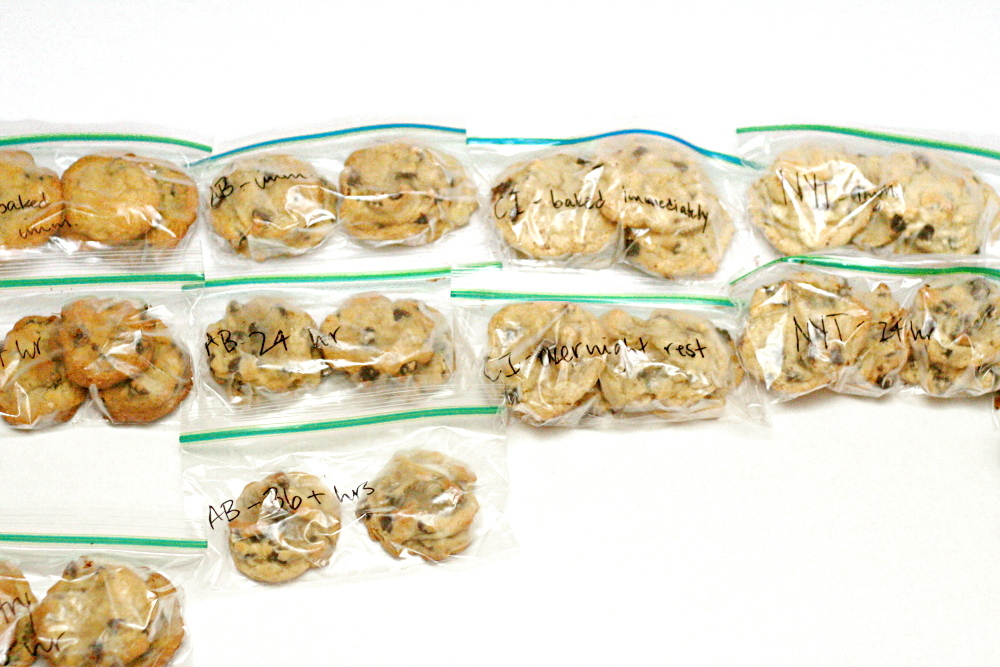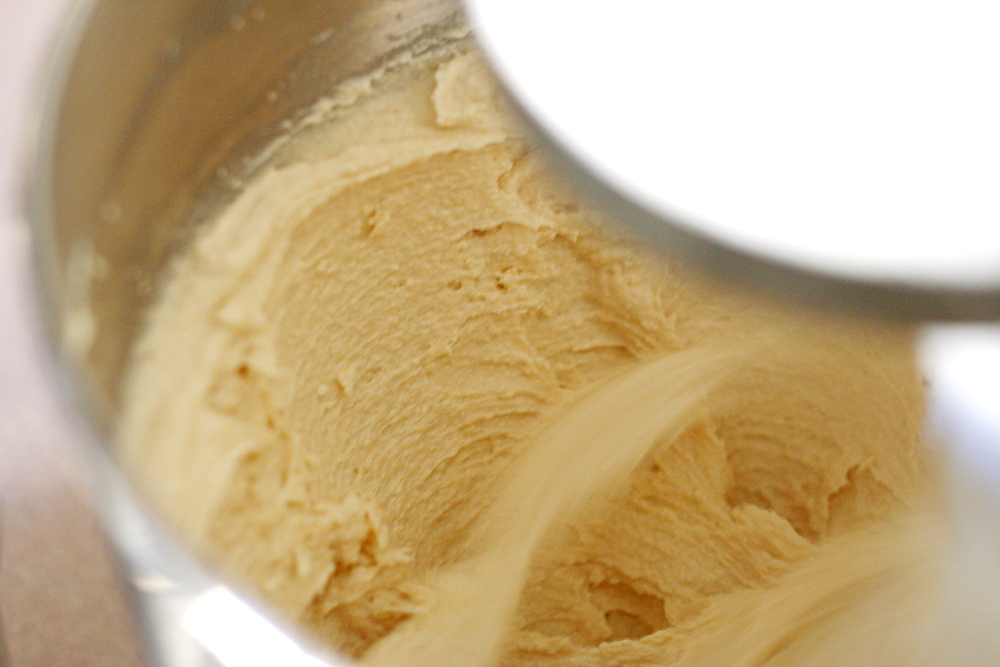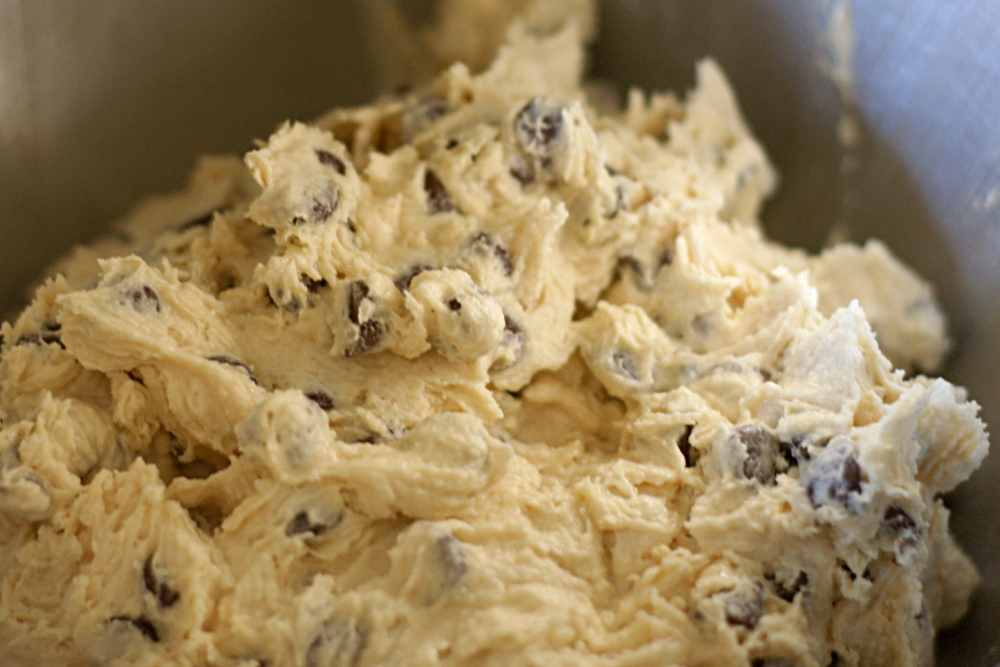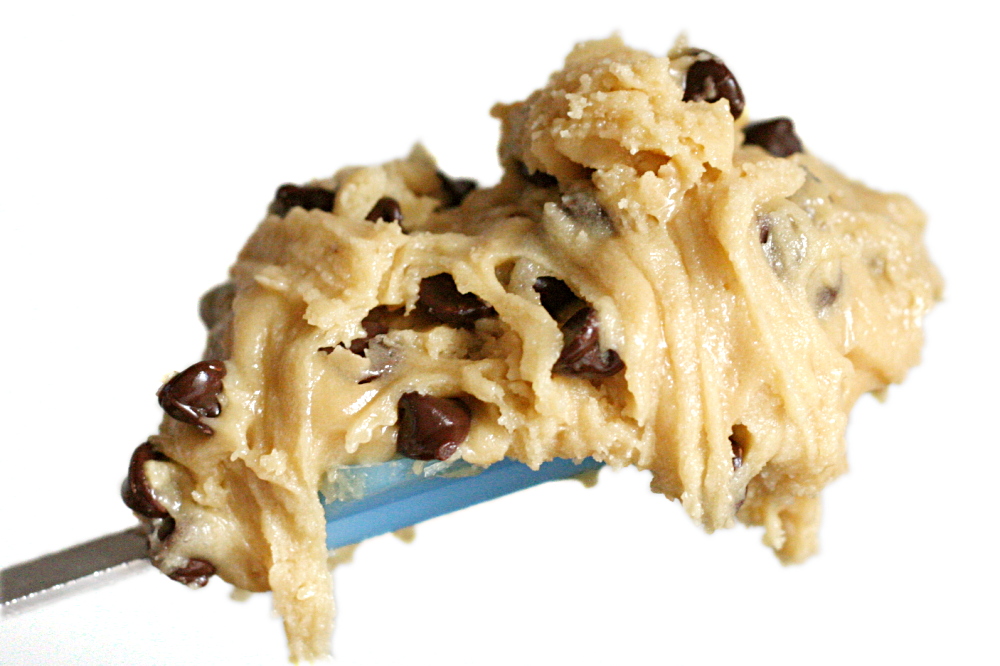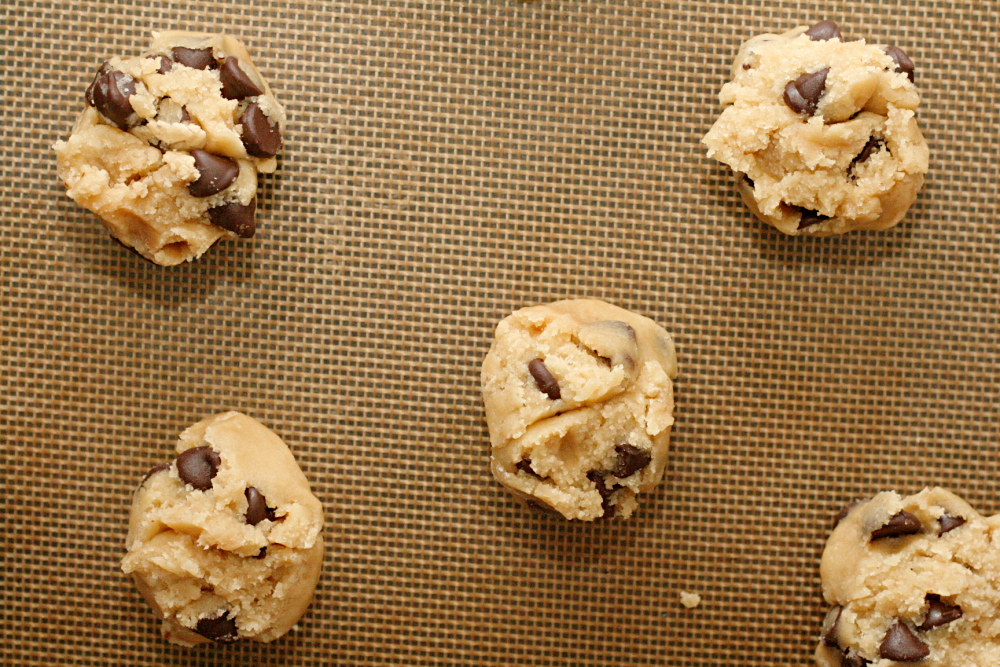The best part about having a full-time job is having people to offload desserts to. No, I’m kidding, the best part is the money. No! It’s the feeling of self-worth I get from changing out of my pajamas before noon. Or it’s the belief that I’m making a difference in the world. The knowledge that I’m a contributing member of society. I don’t know, one of those.
Of course I carefully plan out every treat I bring in to share. Most importantly, it has to look enticing. Half-eaten leftovers obviously won’t do. It also needs to be easy to grab; no one wants to deal with forks and plates, they just want to grab a quick snack when they come in to refresh their coffee. I also want to provide a good variety – chocolate one week, fruit or vanilla the next; cupcakes one week, cookies the next. Finally, I like to (overthink things) make something new and interesting: instead of chocolate chip cookies, cream cheese chocolate chip cookies; instead of white cupcakes, margarita cupcakes; instead of brownies, espresso brownies.
People always thank me for bringing in treats, because they are polite and nice, and I always thank them for providing me an opportunity to do something I love. They also mention that I’m ruining their diets, but I figure it’s theirs or mine, and a girl’s gotta do what a girl’s gotta do.
My favorite brownie recipe is a little lighter, cakey-er, and moister than these, but I love this rich fudgy texture with the bitter espresso overtones. Plus they’re perfect to cut into tiny squares, which, once displayed in little crimped cups, satisfy all of the requirements for a treat to bring to work.
Two years ago: Yeasted Waffles
Printer Friendly Recipe
Triple-Chocolate Espresso Brownies (from Cooks Illustrated)
Either Dutch-processed or natural cocoa works well in this recipe.
5 ounces semisweet chocolate or bittersweet chocolate, chopped
2 ounces unsweetened chocolate, chopped
8 tablespoons (1 stick) unsalted butter, cut into quarters
3 tablespoons cocoa powder
1½ tablespoons instant espresso powder or coffee powder
3 large eggs
1¼ cups (8.75 ounces) granulated sugar
2 teaspoons vanilla extract
½ teaspoon table salt
1 cup (5 ounces) unbleached all-purpose flour
1. Adjust an oven rack to the lower-middle position and heat the oven to 350 degrees. Spray an 8-inch square baking pan with nonstick vegetable cooking spray. Fold two 12-inch pieces of foil lengthwise so that they measure 7 inches wide. Fit one sheet in the bottom of the greased pan, pushing it into corners and up the sides of the pan; overhang will help in the removal of the baked brownies. Fit the second sheet in the pan in the same manner, perpendicular to the first sheet. Spray the foil with nonstick cooking spray.
2. In a medium heatproof bowl set over a pan of almost-simmering water, melt the chocolates and butter, stirring occasionally until the mixture is smooth. Whisk in the cocoa and espresso until smooth. Set aside to cool slightly.
3. Whisk together the eggs, sugar, vanilla, and salt in a medium bowl until combined, about 15 seconds. Whisk the warm chocolate mixture into the egg mixture; then stir in the flour with a wooden spoon until just combined. Pour the mixture into the prepared pan, spread into corners, and level the surface with a rubber spatula. Bake until slightly puffed and a toothpick inserted in the center comes out with a small amount of sticky crumbs clinging to it, 35 to 40 minutes. Cool on a wire rack to room temperature, about 2 hours, then remove the brownies from the pan using the foil overhang. Cut into squares and serve. (Do not cut brownies until ready to serve; brownies can be wrapped in plastic and refrigerated up to 5 days.)

